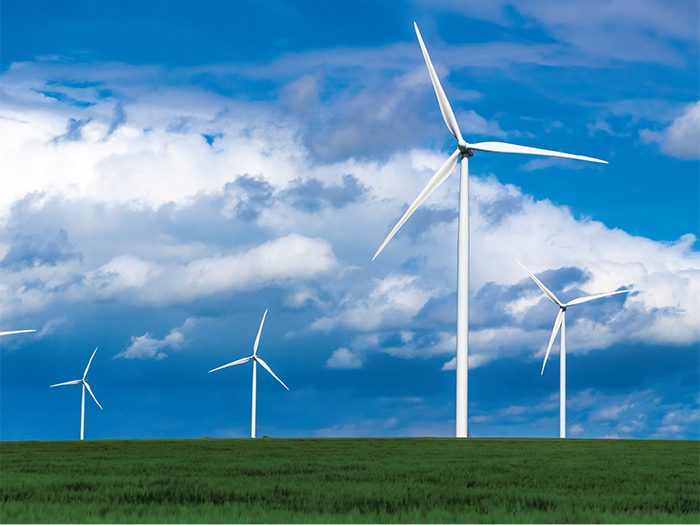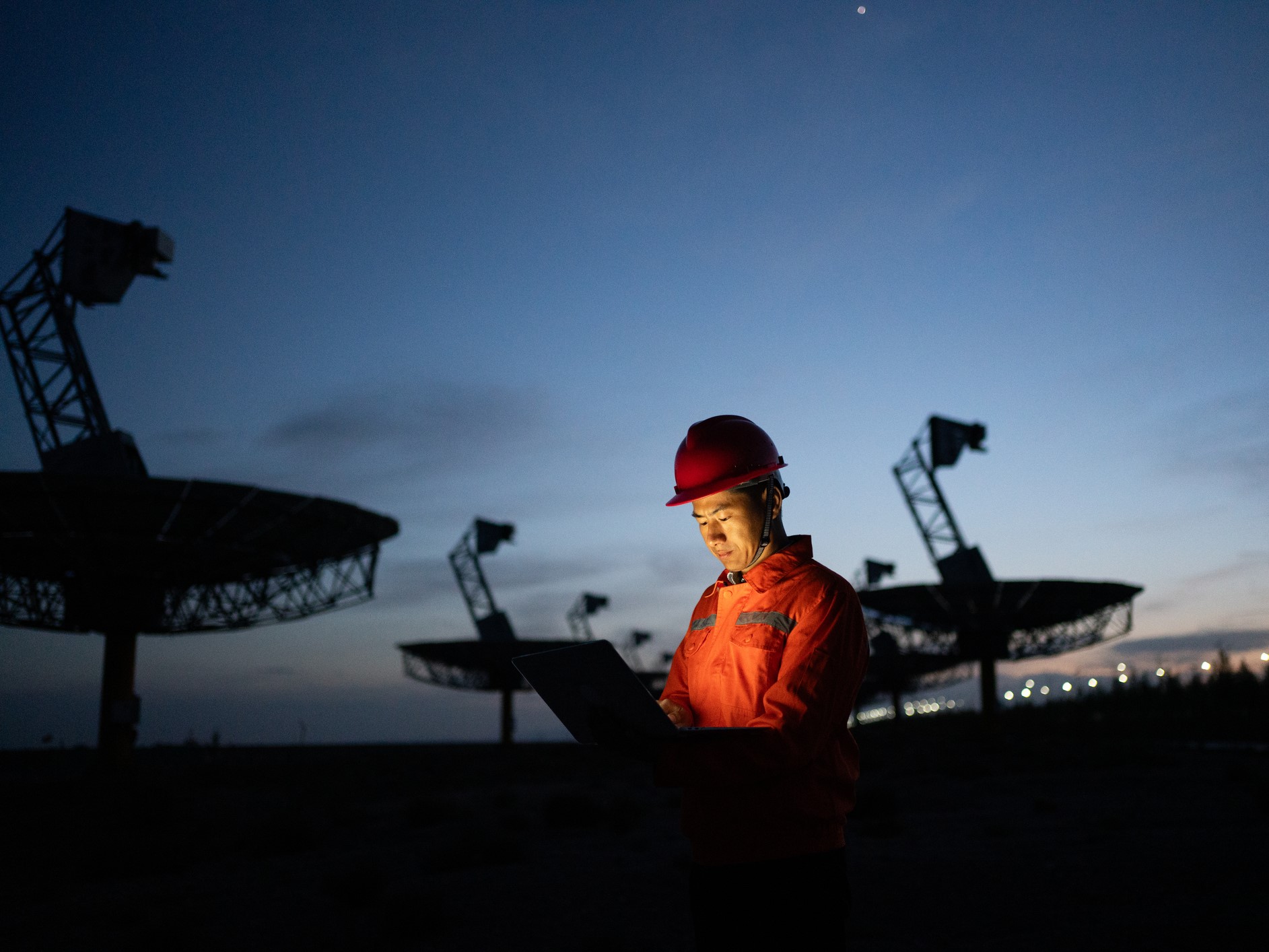Alternative Energy
A Shift in the Wind

Wind energy is all grown up. It is no longer an alternative, but in some wholesale markets has set the incremental cost of generation.
As the industry has grown, turbine towers have as well. And as the older ones roll out of their warranty periods, there are more claims.
This is a bit of a pinch in a soft market, but it gives underwriters new insight into performance over time — insight not available while manufacturers were repairing or replacing components.
“There is a lot of capacity in the wind market,” said Charles Long, area senior vice president for renewable energy at broker Arthur J. Gallagher.
“The segment is still very soft. What we are not seeing is any major change in forms from the major underwriters. They still have 280-page forms. The specialty underwriters have a 48-page form. The larger carriers need to get away from a standard form with multiple endorsements and move to a form designed for wind, or solar, or storage. It is starting to become apparent to the clients that the firms have not kept up with construction or operations,” at renewable energy facilities, he said.
Third-party liability also remains competitive, Long noted.
“The traditional markets are doing liability very well. There are opportunities for us to market to multiple carriers. There is a lot of generation out there, but the bulk of the writing is by a handful of insurers.”
Broadly the market is “still softish,” said Jatin Sharma, head of business development for specialty underwriter G-Cube.
“There has been an increase in some distressed areas, but there has also been some regional firming. Our focus is very much on the technical underwriting. We are also emphasizing standardization, clean contracts. That extends to business interruption, marine transit, and other covers.”
The Blade Problem
“Gear-box maintenance has been a significant issue for a long time, and now with bigger and bigger blades, leading-edge erosion has become a big topic,” said Sharma. “Others include cracking and lightning and even catastrophic blade loss.”
Long, at Gallagher, noted that operationally, gear boxes have been getting significantly better. “Now it is blades that have become a concern,” he said. “Problems include cracking, fraying, splitting.
“In response, operators are using more sophisticated inspection techniques, including flying drones. Those reduce the amount of climbing necessary, reducing risk to personnel as well.”
Underwriters certainly like that, and it is a huge cost saver to the owners, however, “we are not yet seeing that credited in the underwriting,” said Long.
He added that insurance is playing an important role in the development of renewable energy beyond the traditional property, casualty, and liability coverages.
“Most projects operate at lower capacity than anticipated. But they can purchase coverage for when the wind won’t blow or the sun won’t shine. Weather risk coverage can be done in multiple ways, or there can be an actual put, up to a fixed portion of capacity, plus or minus 20 percent, like a collar; a straight over/under.”
As useful as those financial instruments are, the first priority is to get power into the grid. And for that, Long anticipates “aggressive forward moves around storage. Spikes into the system are not good. Grid storage is not just a way of providing power when the wind is not blowing; it also acts as a shock absorber for times when the wind blows too hard. There are ebbs and flows in wind and solar so we really need that surge capacity.”
Long noted that there are some companies that are storage only.
“That is really what the utilities are seeking. The storage company becomes, in effect, just another generator. It has its own [power purchase agreement] and its own interconnect.”
“Most projects operate at lower capacity than anticipated. But they can purchase coverage for when the wind won’t blow or the sun won’t shine.” —Charles Long, area senior vice president for renewable energy, Arthur J. Gallagher
Another trend is co-location, with wind and solar, as well as grid-storage or auxiliary generation, on the same site.
“Investors like it because it boosts internal rates of return on the equity side,” said Sharma. “But while it increases revenue, it also increases exposure. … You may have a $400 million wind farm, plus a $150 million solar array on the same substation.”
In the beginning, wind turbines did not generate much power, explained Rob Battenfield, senior vice president and head of downstream at JLT Specialty USA.
“As turbines developed, they got higher and higher, with bigger blades. They became more economically viable. There are still subsidies, and at present those subsidies drive the investment decisions.”
For example, some non-tax paying utilities are not eligible for the tax credits, so they don’t invest in new wind power. But once smaller companies or private investors have made use of the credits, the big utilities are likely to provide a ready secondary market for the builders to recoup their capital.
That structure also affects insurance. More PPAs mandate grid storage for intermittent generators such as wind and solar. State of the art for such storage is lithium-ion batteries, which have been prone to fires if damaged or if they malfunction.
“Grid storage is getting larger,” said Battenfield. “If you have variable generation you need to balance that. Most underwriters insure generation and storage together. Project leaders may need to have that because of non-recourse debt financing. On the other side, insurers may be syndicating the battery risk, but to the insured it is all together.”
“Grid storage is getting larger. If you have variable generation you need to balance that.” — Rob Battenfield, senior vice president, head of downstream, JLT Specialty USA
There has also been a mechanical and maintenance evolution along the way. “The early-generation short turbines were throwing gears all the time,” said Battenfield.
But now, he said, with fewer manufacturers in play, “the blades, gears, nacelles, and generators are much more mechanically sound and much more standardized. Carriers are more willing to write that risk.”
There is also more operational and maintenance data now as warranties roll off. Battenfield suggested that the door started to open on that data three or four years ago, but it won’t stay open forever.
“When the equipment was under warranty, it would just be repaired or replaced by the manufacturer,” he said.
“Now there’s more equipment out of warranty, there are more claims. However, if the big utilities start to aggregate wind farms, claims are likely to drop again. That is because the utilities have large retentions, often about $5 million. Claims and premiums are likely to go down for wind equipment.”
Repair costs are also dropping, said Battenfield.
“An out-of-warranty blade set replacement can cost $300,000. But if it is repairable by a third party, it could cost as little as $30,000 to have a specialist in fiberglass do it in a few days.”
As that approach becomes more prevalent, business interruption (BI) coverage comes to the fore. Battenfield stressed that it is important for owners to understand their PPA obligations, as well as BI triggers and waiting periods.
“The BI challenge can be bigger than the property loss,” said Battenfield. “It is important that coverage dovetails into the operator’s contractual obligations.” &











